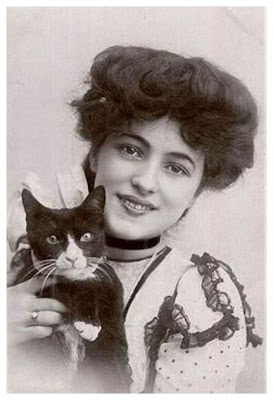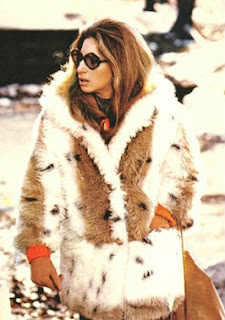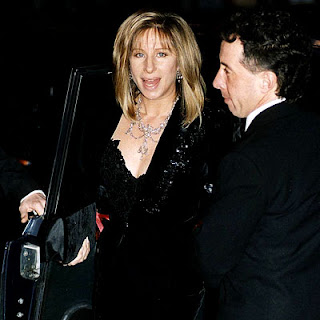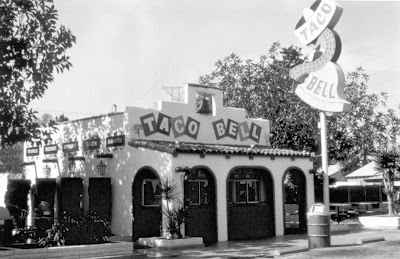Evelyn Nesbit was born to an upper-middle class family in Pennsylvania. Her father, a lawyer, died in 1893, leaving large debts and virtually no money.
Evelyn, her mom, and her little brother lived in poverty. As a child, Evelyn would often catch her mother sobbing alone in the kitchen, clutching bills she had absolutely no way of paying. Desperate to escape her wretched homelife, Evelyn used to read fairytales and wished with all her heart she could be a princess.
When Evelyn was 14, she turned heads everywhere she went. The copper-haired girl was drop-dead gorgeous. She was eventually offered a job modeling for artists in Philadelphia. She was delighted to find it paid her family's bills.
When she was 15, Evelyn and her family moved to New York City. Jobs were shoved in her face. Everyone wanted a piece of her. She instantly became a famous fashion model. She became such a huge celebrity, her face actually inspired the iconic "Gibson Girl" illustrations. Young girls idolized her and powerful men wanted to meet her.
One of those powerful men was Stanford White, the most famous architect in New York. He designed Madison Square Garden, the Washington Arch, and Tiffany's. He was in his mid-40s.
Despite being a married man with adult children, Stanford had a weakness for young girls. He treated the sweet, naive Evelyn innocently at first. He bought her presents, befriended her mom, and paid for her dental work. The 16-year-old saw him as a father-figure, so when he invited her up to his apartment one evening, she didn't hesitate to say yes.
Once inside the apartment, Evelyn was mesmerized by what she saw. There was a plush, red velvet swing in the middle of his living room! She squealed with delight as he pushed her in it. And then he offered her champagne! Her mother never let her drink! After an hour or so, she began to feel woozy. Stanford forced himself on her and raped her. Afterwards, she sobbed, ashamed at her foolishness for trusting him.
After resisting his sleazy advances for two years, Evelyn gave up and married him. She figured since she wasn't a virgin anymore, this was pretty much her only chance to bag a decent husband. Evelyn entered the union with no secrets, however, and told Harry how Stanford had deflowered her two years before. Needless to say, Harry was outraged.
A year after they were married, the couple went to a play at Madison Square Garden. Harry spied Stanford in the crowd and freaked out. He went up to the middle-aged man and shot him three times, screaming he was getting revenge for Evelyn's sake. Horrified audience members trampled to the nearest exits.
Harry was hailed as a hero by the American public, rather than a homicidal maniac. People admired the husband who stood up for his wife. They cheered him on during his trial, which was splashed all over the newspapers. It was all everyone could talk about.
For his deadly crime, Evelyn's husband was put in a mental institution for nearly a decade. When he got out, he immediately divorced Evelyn, because there was pretty much nothing left between the two. She received no settlement.
On her own, Evelyn struggled with alcoholism and drug addiction, and moved around a lot to make ends meet. Her numerous suicide attempts were never successful. She tried her hand at acting and dancing. When she got older, she opened an unspectacular nightclub and then taught ceramic art. Sometimes Harry would help her with money out of pity, but it was never enough.
She died in 1967 at the age of 82.



























































